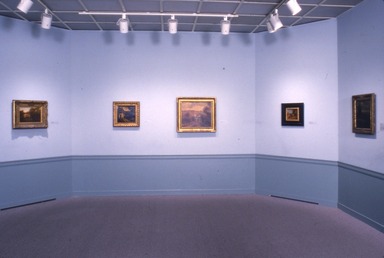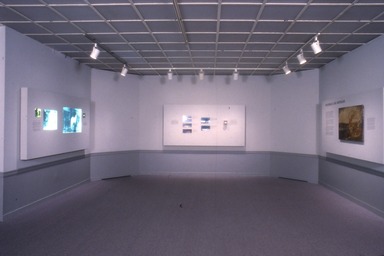

Albert Pinkham Ryder, September 14, 1990 through January 8, 1991 (Image: PSC_E1990i128.jpg Brooklyn Museum photograph, 1990)

Albert Pinkham Ryder, September 14, 1990 through January 8, 1991 (Image: PSC_E1990i129.jpg Brooklyn Museum photograph, 1990)

Albert Pinkham Ryder, September 14, 1990 through January 8, 1991 (Image: PSC_E1990i130.jpg Brooklyn Museum photograph, 1990)

Albert Pinkham Ryder, September 14, 1990 through January 8, 1991 (Image: PSC_E1990i131.jpg Brooklyn Museum photograph, 1990)
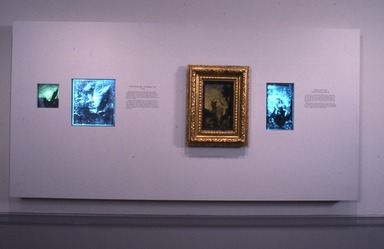
Albert Pinkham Ryder, September 14, 1990 through January 8, 1991 (Image: PSC_E1990i132.jpg Brooklyn Museum photograph, 1990)

Albert Pinkham Ryder, September 14, 1990 through January 8, 1991 (Image: PSC_E1990i133.jpg Brooklyn Museum photograph, 1990)

Albert Pinkham Ryder, September 14, 1990 through January 8, 1991 (Image: PSC_E1990i134.jpg Brooklyn Museum photograph, 1990)

Albert Pinkham Ryder, September 14, 1990 through January 8, 1991 (Image: PSC_E1990i135.jpg Brooklyn Museum photograph, 1990)
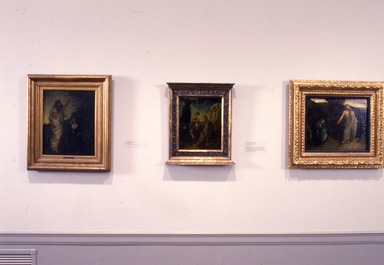
Albert Pinkham Ryder, September 14, 1990 through January 8, 1991 (Image: PSC_E1990i136.jpg Brooklyn Museum photograph, 1990)

Albert Pinkham Ryder, September 14, 1990 through January 8, 1991 (Image: PSC_E1990i137.jpg Brooklyn Museum photograph, 1990)
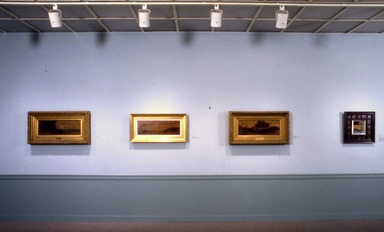
Albert Pinkham Ryder, September 14, 1990 through January 8, 1991 (Image: PSC_E1990i138.jpg Brooklyn Museum photograph, 1990)
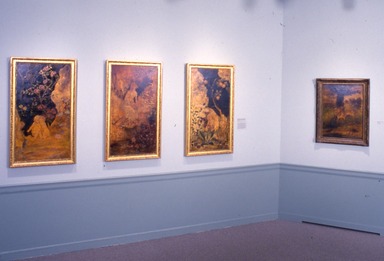
Albert Pinkham Ryder, September 14, 1990 through January 8, 1991 (Image: PSC_E1990i139.jpg Brooklyn Museum photograph, 1990)
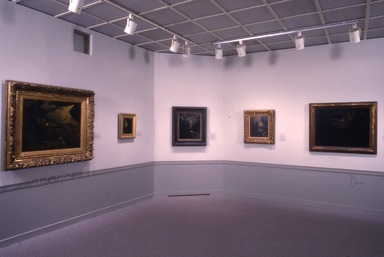
Albert Pinkham Ryder, September 14, 1990 through January 8, 1991 (Image: PSC_E1990i140.jpg Brooklyn Museum photograph, 1990)

Albert Pinkham Ryder, September 14, 1990 through January 8, 1991 (Image: PSC_E1990i141.jpg Brooklyn Museum photograph, 1990)

Albert Pinkham Ryder, September 14, 1990 through January 8, 1991 (Image: PSC_E1990i142.jpg Brooklyn Museum photograph, 1990)

Albert Pinkham Ryder, September 14, 1990 through January 8, 1991 (Image: PSC_E1990i143.jpg Brooklyn Museum photograph, 1990)
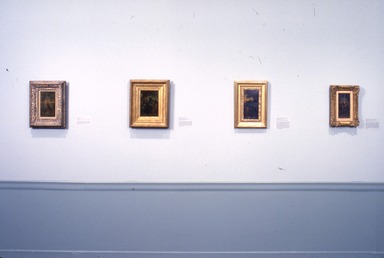
Albert Pinkham Ryder, September 14, 1990 through January 8, 1991 (Image: PSC_E1990i144.jpg Brooklyn Museum photograph, 1990)
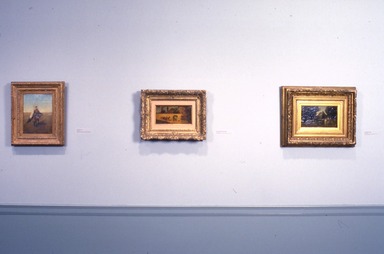
Albert Pinkham Ryder, September 14, 1990 through January 8, 1991 (Image: PSC_E1990i145.jpg Brooklyn Museum photograph, 1990)
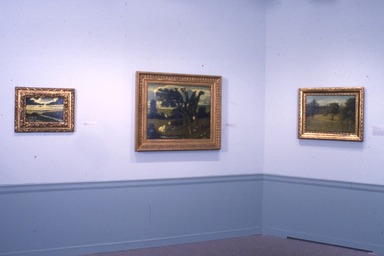
Albert Pinkham Ryder, September 14, 1990 through January 8, 1991 (Image: PSC_E1990i146.jpg Brooklyn Museum photograph, 1990)
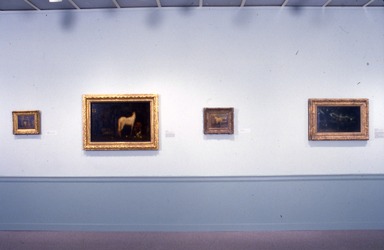
Albert Pinkham Ryder, September 14, 1990 through January 8, 1991 (Image: PSC_E1990i147.jpg Brooklyn Museum photograph, 1990)
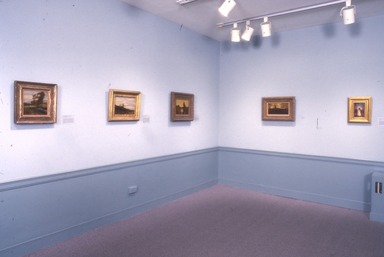
Albert Pinkham Ryder, September 14, 1990 through January 8, 1991 (Image: PSC_E1990i148.jpg Brooklyn Museum photograph, 1990)

Albert Pinkham Ryder, September 14, 1990 through January 8, 1991 (Image: PSC_E1990i149.jpg Brooklyn Museum photograph, 1990)

Albert Pinkham Ryder, September 14, 1990 through January 8, 1991 (Image: PSC_E1990i150.jpg Brooklyn Museum photograph, 1990)
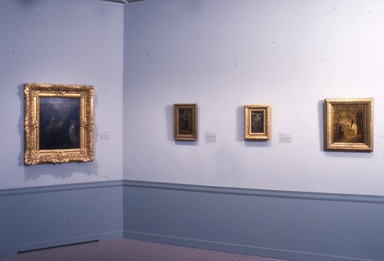
Albert Pinkham Ryder, September 14, 1990 through January 8, 1991 (Image: PSC_E1990i151.jpg Brooklyn Museum photograph, 1990)
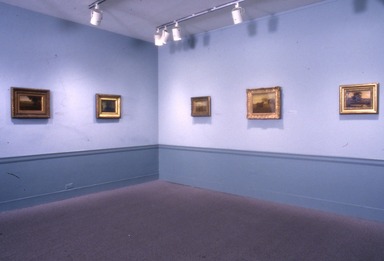
Albert Pinkham Ryder, September 14, 1990 through January 8, 1991 (Image: PSC_E1990i152.jpg Brooklyn Museum photograph, 1990)
Albert Pinkham Ryder
-
June 1, 1990
The largest and most complete exhibition of the work of Albert Pinkham Ryder (1847-1917) ever to be mounted will document the evolution of this enigmatic artist through 60 of his paintings as well as rare decorative objects. The first major Ryder exhibition in 30 years, it is scheduled to open at The Brooklyn Museum on September 21, 1990, and will remain on view through January 7, 1991. The exhibition was organized and is circulated by the National Museum of American Art, Smithsonian Institution. It is made possible by the Smithsonian’s Special Exhibition Fund and the generosity of an anonymous donor.
Born in New Bedford, Massachusetts, Albert Pinkham Ryder spent most of his life in New York City. Always eccentric, he increasingly distanced himself from artistic circles to live in relative solitude in his New York apartment.
Working outside the conventional academic methods that prevailed in American art during his lifetime, Albert Pinkham Ryder bridged the gap between late 19th-century romanticism and modern expressionism. His art inspired subsequent generations of artists, including Marsden Hartley, Jackson Pollock, and Milton Avery, with the power of his nocturnal marines and idyllic landscapes.
The landmark avant-garde 1913 New York Armory Show was a triumph for Ryder with the selection of 10 of his paintings, which were hung in the prestigious center galleries. Ryder was the only American so honored, and his works were placed beside such European masters as Gauguin, Cézanne, and van Gogh. Soon after, forgers began to capitalize on his success by imitating his style in countless counterfeits. A section of the exhibition will contain 12 Ryder forgeries.
The exhibition is chronological, beginning with Ryder’s early landscapes which demonstrate the influence of Corot. It will also include Near Eastern subjects, early marine paintings, biblical scenes, paintings based on literary sources, and the famous The Race Track, which was inspired by the suicide of a bettor of Ryder’s acquaintance.
Using experimental and unconventional methods, Ryder often spent years reworking his paintings. He frequently layered pigment and glazes, often coating areas not yet dried. This practice has caused severe condition problems in many of his paintings, and once-glowing colors have become so murky that in some instances the subject matter is almost undiscernible. Because of this continuing process of irreversible change, it is likely that this exhibition will be the last to provide a retrospective view of Ryder’s work.
A section of the exhibition will be devoted to Ryder’s eccentric experimental painting technique. Paint cross-sections, X-rays, and autoradiographs will demonstrate how conservators have unraveled the mysteries of Ryder’s unusual process.
The exhibition was organized by Elizabeth Broun, director of the National Museum of American Art and author of the accompanying 344 page catalogue ($29.95, softcover). In it Ms. Broun presents new information about Ryder’s career and about his technique based on recent scholarship and advanced methods of conservation. She also reinterprets many of Ryder’s paintings and confirms his genius as a poetic interpreter of natural form.
The exhibition was coordinated at The Brooklyn Museum by Barbara Dayer Gallati, Associate Curator of American Painting and Sculpture. Following the Brooklyn venue, about 35 of the paintings will travel to the Whitechapel Art Gallery in London, where they will be on view February 1-March 24, 1991.
Brooklyn Museum Archives. Records of the Department of Public Information. Press releases, 1989 - 1994. 04-06/1990, 095-97.
View Original -
September 27, 1990
Date: Thursday, September 27, 1990
Time: 10:00 a.m. - noon
Place: The Robert E. Blum Gallery
Exhibition dates: September 21, 1990-January 7, 1991
Transportation: Special motorcoach service will be available to transport members of the press to The Brooklyn Museum, departing from the front of the Plaza Hotel promptly at 9:00 a.m. Return service will leave the Museum for the Plaza at noon. To reserve seating on the bus, please phone (718) 638-5000, ext. 330 or 331.
This exhibition of the art of the enigmatic American painter, Albert Pinkham Ryder (1847-1917) is the first in more than 30 years to offer a comprehensive look at the painter’s career and the first to examine the important issues of conservation and forgery that affect our understanding of his art. It is, in all likelihood, the last time that many of these paintings will ever be on public view because of serious conservation problems.
Preview other exhibitions:
Milton Avery in Black and White: Drawings 1929-59, on view September 28 through December 31, is the first major exhibition of Avery drawings. It will contain more than 80 works in pencil, ink, and lithographic crayon executed between 1929 and 1959.
The Brooklyn Museum Collection: The Play of the Unmentionable, created by Joseph Kosuth, is the latest in the continuing series of Grand Lobby Installations. It will address the recent controversy surrounding the National Endowment for the Arts and incorporate works of the permanent collection of The Brooklyn Museum that might be deemed objectionable. The installation will be on view September 21 through December 3.
Rsvp Sally Williams or Michelle Menendez (718) 638-5000, ext 330 or 331
Brooklyn Museum Archives. Records of the Department of Public Information. Press releases, 1989 - 1994. 07-09/1990, 142.
View Original
